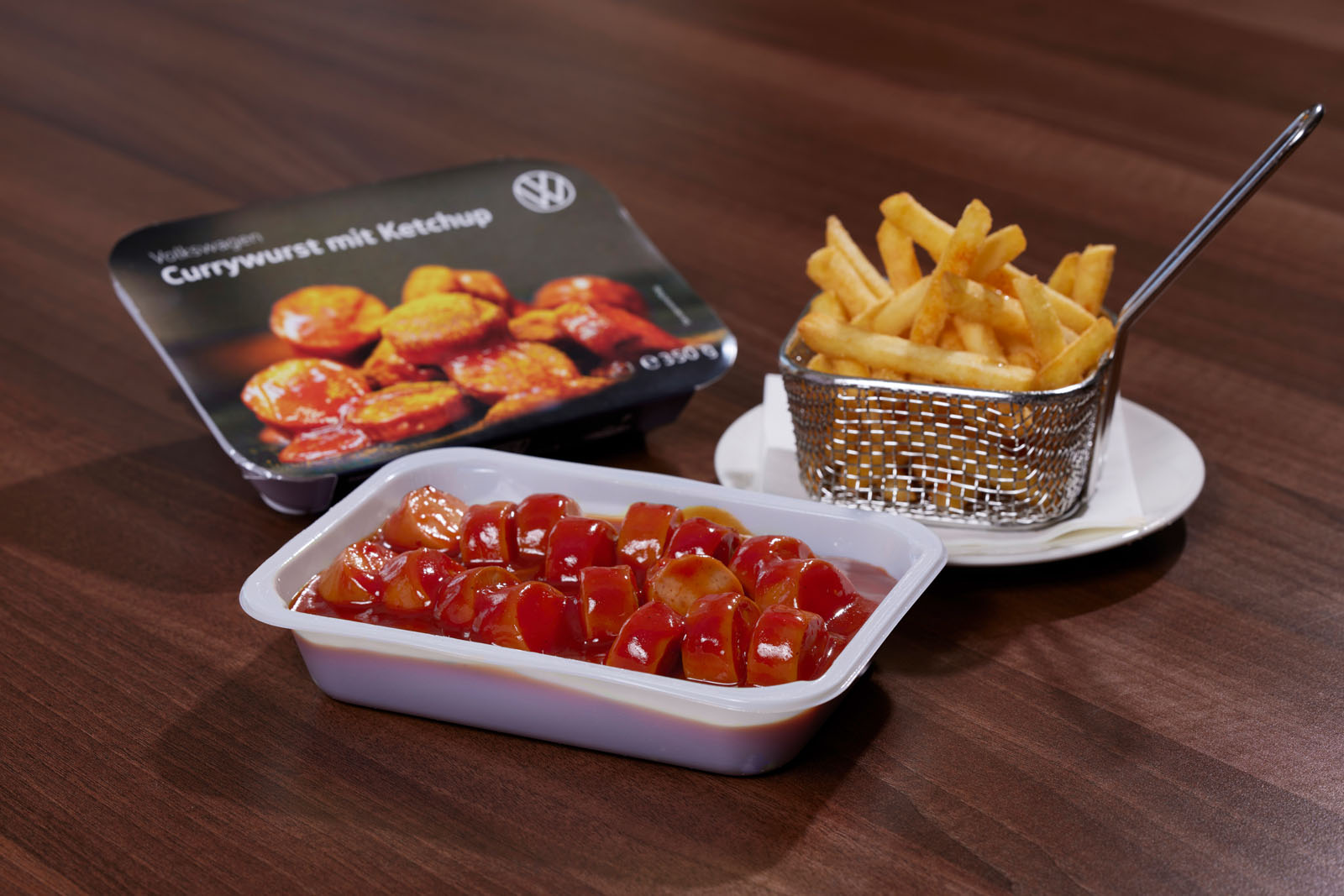How to Pack Books for Moving: 8 Expert Tips for Your Literary Treasures
Books may not seem like a packing challenge at first; until you realize how deceptively heavy and fragile they can be. Whether you’re relocating from an apartment in Seattle, WA, a home in Austin, TX, or a rental in Denver, CO, knowing how to pack books for moving is essential to protect your collection and […] The post How to Pack Books for Moving: 8 Expert Tips for Your Literary Treasures appeared first on Redfin | Real Estate Tips for Home Buying, Selling & More.


Books may not seem like a packing challenge at first; until you realize how deceptively heavy and fragile they can be. Whether you’re relocating from an apartment in Seattle, WA, a home in Austin, TX, or a rental in Denver, CO, knowing how to pack books for moving is essential to protect your collection and your back.
This Redfin guide covers expert-backed strategies and creative book packing tips to help you pack your books safely and with your book storage solutions with minimal stress.
1. Start by sorting your books
Before you reach for the boxes, take a moment to declutter your collection. According to New Orleans, LA-based interior designer Nomita Joshi Gupta, moving is a great opportunity to decide what you truly want to keep. “Sort your books by category and consider donating or selling the ones you no longer need,” she says. This not only reduces the load but makes unpacking easier when books are already grouped for the right room.
Cloud Nine Dental in Beaverton, OR echoes this strategy and suggests alternating heavy and light books when packing to keep the weight balanced. They also recommend wrapping rare or fragile books with bubble wrap, paper, or even soft t-shirts.

2. Donate or sell unwanted books
Before you start packing, consider donating or selling books you no longer need. This is especially helpful if you’re downsizing or just want to reduce clutter. Not only will this make packing easier, but it can also help others in your community gain access to affordable books. You can donate to local libraries, schools, or charitable organizations, or sell valuable titles online or at used bookstores.
3. Gather packing supplies
Assemble all the supplies you’ll need to keep your collection safe and organized, before you pack a single book. Having everything ready will streamline the process and help avoid last-minute scrambling. Here’s what to gather:
- Small, sturdy boxes to prevent overloading
- Packing tape to seal seams securely
- Bubble wrap or packing paper for padding delicate or valuable titles
- Soft items like t-shirts or towels to wrap rare books and fill empty gaps
- Scissors and permanent markers for cutting materials and labeling boxes
- Stretch wrap to protect sealed boxes from dust, moisture, or pests

4. Choose the right box (and don’t overload it)
One of the most common mistakes people make is using large boxes for books. John Worden from XYZ Storage in Houston, TX warns, “A large box full of books can be impossible to lift and may break.” Instead, choose small boxes and keep the weight under 30-40 pounds. He also recommends lining the bottom with packing paper to cushion your books.
Interior designer Jamie Naugle Interiors located in Austin, TX adds that if you’re recycling boxes, liquor boxes are a great choice. “They’re used to carrying glass bottles, so they’re strong. Just make sure to tape them both horizontally and vertically to keep them secure.” A box carrying strap can also make lifting safer and easier.
Brooklyn, NY-based Art of Living Moving & Storage emphasizes using small, sturdy boxes, double-taping the bottom for reinforcement, and placing soft items like rolled-up t-shirts to fill gaps and prevent shifting during the move.
Where to find boxes
You don’t have to spend a fortune on moving boxes; many sturdy options can be found for free or at low cost if you know where to look.
- Liquor stores – Their boxes are strong and built to carry heavy loads (recommended by Jamie Naugle)
- Bookstores – They often have leftover boxes perfectly sized for books
- Grocery stores and retail shops – Especially ones that handle regular inventory shipments
- Online marketplaces – Check Craigslist, Facebook Marketplace, or local community groups
- Recycling centers – You might find usable boxes that are clean and intact
Pro tip: Always reinforce recycled boxes with extra tape, especially along the bottom seams.
5. Pack books in a safe orientation
Once you’ve picked your boxes, packing them correctly makes all the difference. Laura Parsons, interior designer at Parsons i.d., advises grouping books by value and fragility. “For fragile titles, wrap them in tissue paper and pack them in rolling suitcases if you want a back-saving alternative.”
John Worden suggests three safe packing orientations: flat (spine down), stacked spine-down, or pages up. Never pack books with the spine up, which can stress and damage the binding.
Not all books pack the same
- Paperbacks: Pack tightly together to avoid warping. No need for individual wrapping unless they’re valuable.
- Hardcovers: Wrap with soft items or paper if they’re collectible or in delicate condition.
- Oversized books: Lay flat in boxes or suitcases to avoid spine damage. Wrap them individually for added protection.
- Rare or fragile books: Use tissue paper or bubble wrap and pack them in rolling suitcases or padded boxes for back-friendly transport.

6. Protect valuable and collectible titles
For those with rare or sentimental books, taking extra care is worth the effort. Tina Durflinger from Worldwide Hunting Books in Huntington Beach, CA suggests placing each book in a plastic bag to prevent scuffing, then padding them with bubble wrap. “Very large books should lie flat to avoid damaging the bindings,” she explains.
Book blogger Jennifer Lin of The Bibliophile shares a similar tip: “For signed first editions or valuable titles, I use padded envelopes or bubble bags and keep them in their own box.” She also organizes by size and fills each box completely to reduce shifting.
7. Use extra padding for safe transport
Even once your books are packed, it’s important to keep them secure inside the box. Carol George from home inventory app Everspruce recommends “reinforcing every corner with duct tape and using Kraft paper or old clothes to fill in the gaps.” This prevents the box from collapsing or the books from sliding during the move.
Similarly, Stephanie Crowder from West Hollywood, CA-based interior design firm ManArii Innovations suggests, “Bundle books in groups of four to five with acid-free paper and plastic wrap before packing them in small, thick cardboard boxes.” Her go-to trick? The “H taping method”—applying tape in an “H” shape across the top and bottom seams—to seal every seam for added durability.
8. Organize and label strategically
As you pack, think ahead to unpacking. Low-content book publishing service, Book Bolt recommends, “Label each box and jot down how you organized them.” A quick note in a planner can save hours when you’re restocking your shelves. They also suggest U-Haul’s specialized book boxes and bubble-wrapping the edges for added protection which are great ideas for storing books.
Jeannette Ramos from Pack-Men Movers Inc in Los Angeles, CA adds, “Heavier books should be packed at the bottom, with lighter ones on top. Always label boxes by category or room to keep things streamlined during unpacking.”
Discover >> Organize and Beautify Your Library: 10 Ideas for Storing Books

9. Smart tools and creative tricks
Thinking outside the box (literally),can make moving your library a lot easier. Craig Risoli, founder of High Speed Daddy, says their veteran-owned backpacks were originally designed as diaper bags, but customers love them for moving books. “They’re built tough with padded straps, reinforced structure, and MOLLE webbing; perfect for hauling heavy loads,” he says.
Joseph Tito, blogger of The Dad Diaries has another creative solution: wine boxes with dividers. “They’re eco-friendly, easy to find, and the compartments protect the covers from scuffing,” he explains.
10. Tips from frequent movers
For military families who move often, Melanie Sheridan from military nonprofit United Through Reading in San Diego, CA offers smart and sentimental advice. “Create a list of your titles, especially rare ones. Use banker’s boxes with handles for easier lifting, and always wrap sentimental books in paper.” She also recommends stretch-wrapping your sealed boxes to protect from moisture and pests.
Festus Maina from Shifters & Movers adds that size-matching is key: pack small books with small books and large ones together. “This helps avoid bending or damage during transport,” he explains. Stretch wrap papers are a good way to guard against dust and water, and he reminds movers to keep clean hands while wrapping.

FAQ: How to pack books for a move
1. What’s the best type of box for packing books?
Use small, sturdy boxes made of thick cardboard or specialized book boxes. Avoid large boxes, which can become too heavy and break.
2. How do I keep my books from getting damaged?
Wrap rare or fragile books in bubble wrap or acid-free paper. Pack them flat or spine-down, fill gaps with soft items, and tape boxes securely.
3. How should I organize my books for a move?
For book organization ideas, group books by category, size, or room. Label each box clearly and keep a note or list of what’s inside to simplify unpacking.
4. Can I use something other than boxes?
Yes. Rolling suitcases, backpacks with structure, or wine boxes with dividers are all clever alternatives for packing books.
5. What’s the easiest way to carry heavy book boxes?
Use a box-carrying strap or choose boxes with handles. Always lift with your legs, not your back, and keep boxes under 40 pounds.
Final thoughts: How to pack books for moving
Add these steps to your moving checklist and make sure your book collection arrives safe, sound, and ready to be unpacked. Whether you’re moving down the street or long distance, knowing how to pack books for moving the right way will make sure your favorite reads will arrive safely and ready to be organized on their new shelves.
The post How to Pack Books for Moving: 8 Expert Tips for Your Literary Treasures appeared first on Redfin | Real Estate Tips for Home Buying, Selling & More.


















































































































































